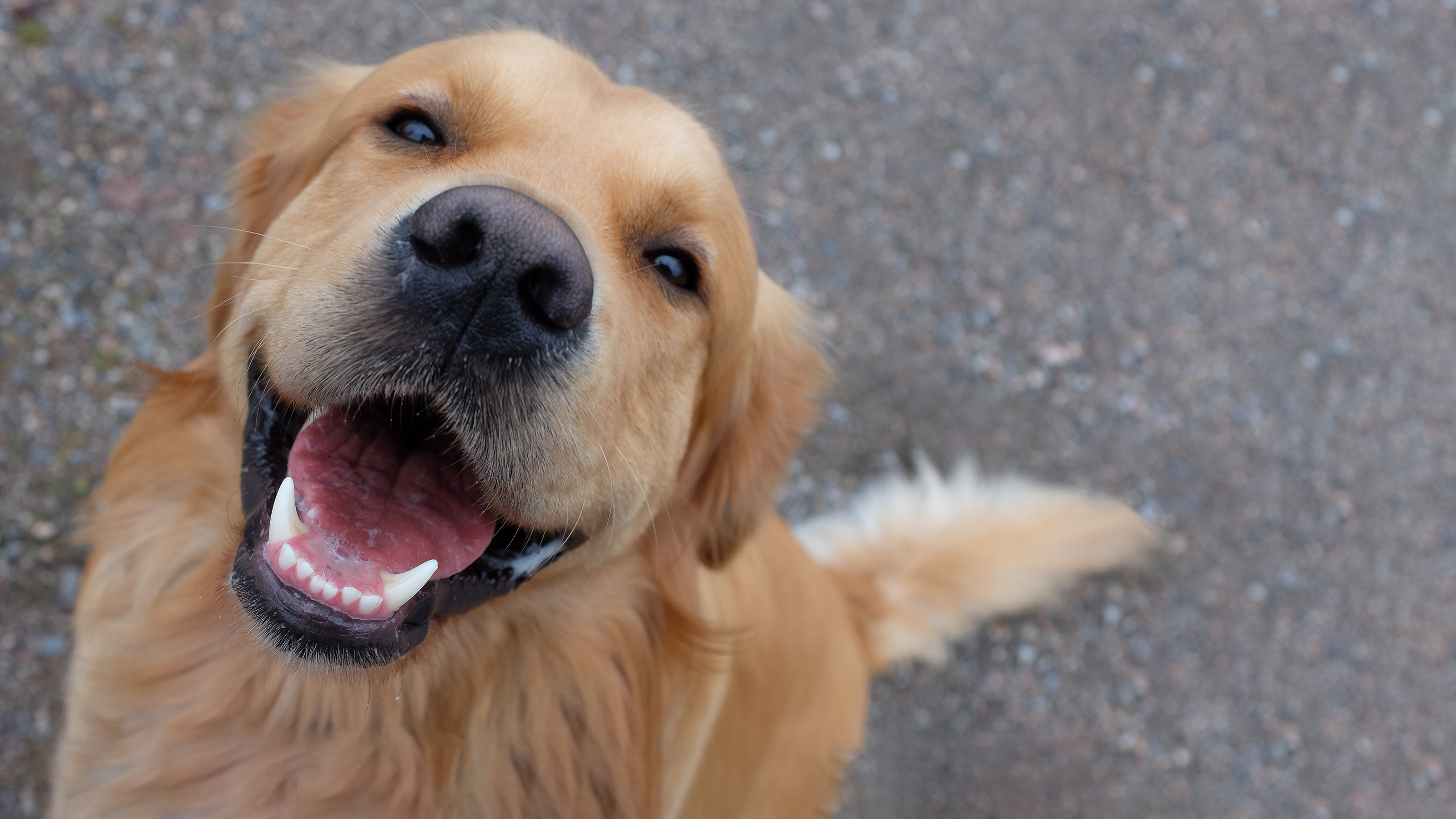
Understanding Dog Body Language
While it can sometimes appear that your dog understands every word you say, it’s important to realise that they are always communicating with us too!
While it can sometimes appear that your dog understands every word you say, it’s important to realise that they are always communicating with us too! Dogs have lots of body language that is different from ours, and knowing what they are trying to say is a really important part of making sure all communication is two-way.
More about dog body language
One of the most confusing parts of dog body language is how much it differs from our own. This means that we aren’t actually very good at naturally knowing what our dogs are trying to say. Learning how to tell if a yawn is tiredness or actually anxiety, and if lip-licking is in anticipation of dinner or due to worry, can make the difference between managing your dog’s emotions well and missing the point entirely.
Sadly, poor communication can result in crossed wires, and many encounters which end in aggression could be avoided if earlier and less obvious signs of stress had been noticed. It’s also important to note that body language needs to be taken in context – a lifted leg might be a sign of nervousness, but if your dog has just stood on a thorn or is pawing at you for the last bit of roast chicken it is likely to mean something completely different. While knowing the common cues and signs is important, making sure what you think they saying makes sense in the bigger picture is vital.
If your dog is anxious, they may also show displacement behaviour. This body language is an attempt to distract from the anxiety, and can involve sniffing, pacing, sneezing, a good shake, licking and yawning. This is much like us playing with our hair or wringing our hands when we are under pressure!
The final anxiety behaviour is appeasement. This involves getting the attention of the dog or person they are anxious about to try and diffuse the situation – this is similar to people who get louder and over-friendly when under stress, or become very anxious to please. In dogs, appeasement behaviour can look like:
- Muzzle and ear licking
- Smiling by exposing the teeth
- Keeping low to the ground
- Jumping up
- Tucking the tail between the legs
- Laying on their back (which can be mistaken by people as tummy-rub time)
If your dog is feeling under pressure, they will begin to exhibit body language that helps relieve stress or appease the situation.
These behaviours can include:
- Yawning
- Licking their lips
- Freezing
- Being able to see the whites of the eye, especially if your dog has their head slightly turned away from what they are looking at.
- Looking away from something that they are afraid of entirely
- Clingy behaviour
- Sweaty paws
- Lifting a front paw
These behaviours are seen on the ‘canine fear ladder’ – the hypothetical ladder of behaviour that a dog moves up before displaying actual aggressive behaviour such as biting. This body language is designed to help de-escalate a stressful situation by proving to the perceived ‘aggressor’ that they are not a threat and can look very submissive.
Noticing these signs early can help you remove your dog from the situation that they are finding difficult. Once your dog is already anxious, it is too late to start positive reinforcement training at that time. Remove your dog until they are calm and identify what the anxiety trigger was. Slow reintroduction, along with treats and praise, can work to ‘desensitise’ dogs to triggers they find anxiety-inducing.
Your vet or a trained behaviourist can help you work out a program for your dog if is a slow process, and may take weeks or even months. If dogs are allowed to escalate further up the fear ladder, you may see more obvious signs of aggression such as snarling, growling, snapping and a rigid, tense body position.
Always be very careful with dogs that are this stressed – even if they are normally very gentle with you, stress and the resulting adrenaline can lead to uncharacteristic behaviours and even the most gentle dog can bite if put under enough pressure.
Dogs are great at telling us when they are happy and interested! When they are curious and interested, you may see them cock their head from side to side. Lifting a paw can also be a sign of curious anticipation, and most interested dogs will have their mouth closed as they size up the situation. Don’t forget lifting a paw can be an early warning sign of anxiety too, so take a look at the rest of your dog and the situation if you see this one!
Super relaxed dogs are also generally easy to spot – they will often keep their mouths slightly open, and have a chilled facial expression. If they are playing, they may signal that it’s ‘all fun’ by play-bowing and fast tail wagging, as well as a happy bottom wriggle! Relaxed dogs that aren’t playing will generally just look very calm, may half-close their eyes, and may offer their tummy for a belly rub. Knowing that being ‘belly up’ can also be appeasement behaviour means you can assess the whole situation – only move in for a belly stroke if you are sure your dog is calm and happy, rather than trying to prove they aren’t a threat.
Dogs use their tail a lot for communication, which is why tail docking is now banned unless for an approved medical reason. Imagine talking without ever moving your hands! Dogs’ tails back up their other communication signals and we can learn a lot from watching how they use them.
Just like with most body language, tail wagging needs to be interpreted in the context of the whole dog and the situation. While most tail wagging is a sign of happiness, dogs can also tail wag when they are frustrated, assessing a situation or to advertise their scent. If you see a dog looking tense and defensive, even if they are wagging their tail, exercise caution.
